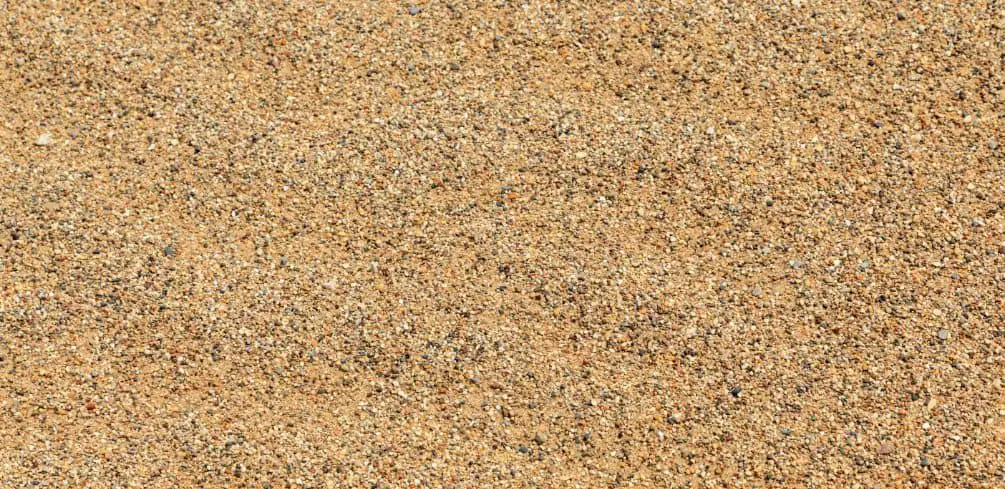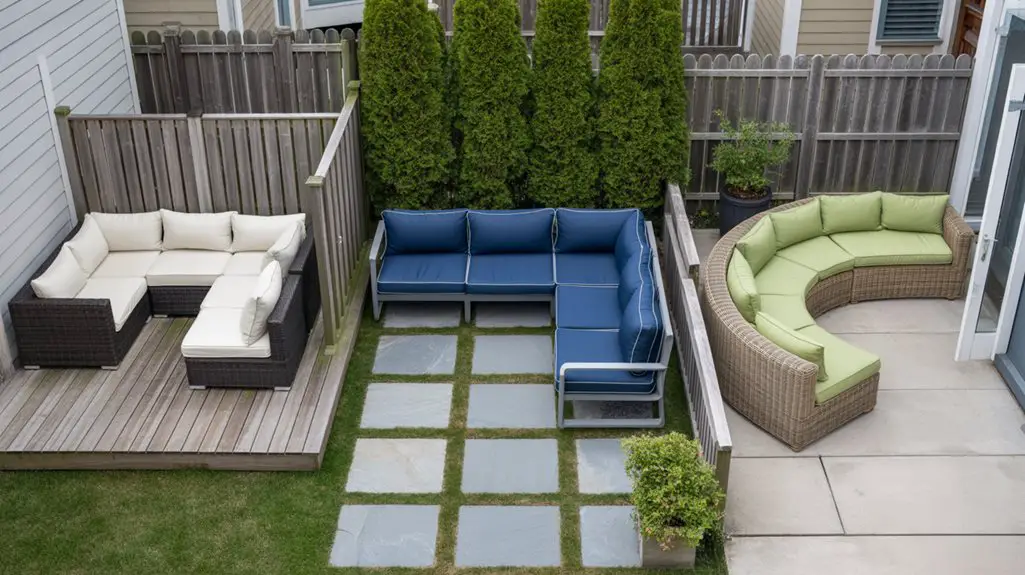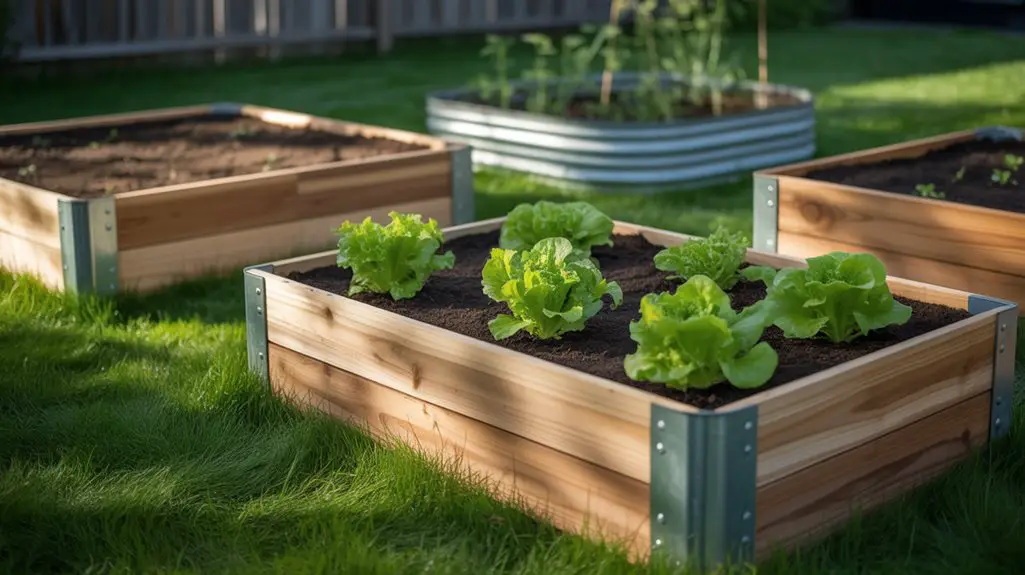Have you ever stopped to think about the differences between coarse sand and fine sand? It’s easy to overlook the small details, but when you take a closer look, it becomes clear that there are significant distinctions between these two types of sand.
When we think of sand, we often think of the same thing: tiny grains of material that makeup beaches and deserts around the world. However, not all sand is created equal.
Coarse sand is made up of larger particles, while fine sand has smaller particles. The size difference affects how each type behaves in different scenarios.
The composition of each type of sand also matters. Coarse sand is usually composed mostly of quartz, feldspar, or mica, while fine sand tends to have more clay minerals or organic matter in it. The chemical makeup will determine how each type handles moisture or heat as well as its ability to retain nutrients for plants or animals living in its environment.
In this article, I’ll go into detail about these differences and explore why they’re important to consider when choosing the right type of sand for your needs. Whether you’re building a beach volleyball court or planting an herb garden, understanding these nuances can help ensure you get the best results possible!
Characteristics Of Coarse Sand
Coarse sand is made up of large particles of sediment ranging from 0.075mm to 4.75mm in size. It has a granular texture, and its particles have an angular shape, which helps it to bind together quite well. This makes it great for use as a base material for paving or construction projects.
The grain size of coarse sand is also important when considering its uses. The larger the grain size, the stronger and more durable the material will be when used as a base layer in construction projects.
Coarse sand particles are much larger than fine sand particles, making them better suited for certain applications where strength and durability are required.
It’s important to choose the right type of sand for your project, as different applications require different types of sand with differing characteristics. Coarse sand is ideal when you need a strong and durable base layer and can also be used in landscaping projects too.
Characteristics Of Fine Sand
Now that we have discussed the characteristics of coarse sand let’s move on to fine sand. Fine sand is the opposite of coarse sand in terms of particle size, texture, and mineral content. It is composed of very fine pieces of quartz and other minerals.
Here are some distinctive characteristics of fine sand:
- Particle size: The particles in fine sand are much smaller than those found in coarse sand, giving it a smoother texture.
- Grain shape: The grains of fine sand are more rounded than those in coarse sand and have less sharp edges.
- Texture: Because the particles are so small, fine sand has a softer feel to it.
- Mineral content: Fine sand typically contains more quartz and other silica-based minerals than coarse sand does.
- Color variation: Fine sand can range from off-white to tan or even gray, depending on the mineral content.
Overall, fine sand is ideal for any landscaping or construction project that requires a finer grain because it is light and easy to work with. Its round shape also allows it to be used as an effective soil amendment or mulch material when spread over plants or gardens.
Plus, its natural color variations can add visual interest to your landscape design!
Uses Of Coarse Sand
Coarse sand has many uses, making it a versatile and vital resource. It is used in construction, landscaping, decorative projects, aquariums, and even golf courses. Here are some of the most common uses of coarse sand:
| Use | Description | Benefits |
|---|---|---|
| Construction | Used as a base material for roads, foundations, and other large-scale construction projects. | Supports heavy objects |
| Decorative | Used in craft projects, including mosaics, to provide color, texture, and visual appeal. | Creates unique designs |
| Aquariums | Used in freshwater or saltwater aquariums to create natural habitats for fish and other aquatic creatures. | Enhances habitats |
| Landscaping | Used for outdoor gardening to create pathways, beds, or top-dressing grassy areas. | Increases curb appeal |
| Golfing | Used to stabilize golf course bunkers and other areas that require drainage. | Improves course playability |
No matter what project you have in mind, coarse sand is an essential component because of its versatile uses and benefits. Whether you’re working on a small craft project or a large-scale construction job, it’s important to select the right type of material for your specific needs.
Coarse sand can help you achieve the results you desire while adding value to your project.
Uses Of Fine Sand
Fine sand is a versatile material with numerous uses. It can be used for construction, landscaping, gardening, and even playgrounds. Plus, it is often used as bedding material for the laying of pipes or paving stones.
It also helps to improve drainage in areas where water accumulates. In landscaping, it can be used to level off lawns and gardens or to create pathways and driveways. It is also great for creating small mounds of earth in the garden to help plants thrive.
In addition, fine sand is often used in playgrounds and parks as a safety surface for play equipment. This helps cushion falls from high climbing frames or slides and prevents injuries from occurring.
Finally, fine sand is also popular with aquarium enthusiasts who use it as a substrate for tropical fish tanks. The fine grain allows oxygenated water to move through the sand more efficiently, providing a healthier environment for its aquatic inhabitants.
| Uses | Description | Benefits |
|---|---|---|
| Construction | Used as bedding material for the laying of pipes or paving stones. | Improves drainage in areas where water accumulates. |
| Landscaping | Used to level off lawns and gardens or to create pathways and driveways. | Creates small mounds of earth in the garden to help plants thrive. |
| Playgrounds | Used as a safety surface for play equipment. | Cushions fall and prevent injuries. |
| Aquariums | Used as a substrate for tropical fish tanks. | It allows oxygenated water to move through the sand more easily, providing a healthier environment. |
Fine sand has many applications, which makes it an invaluable resource in various fields. From construction projects to gardening endeavors, its durability and versatility make it the perfect choice for any project that requires a safe yet effective material.
Environmental Impact
Have you ever wondered if there’s a difference between coarse sand and fine sand when it comes to their environmental impact? It turns out that there is.
Here are three ways that these two types of the sand differ in terms of their environmental effects:
- Coarse sand affects the landscape more than fine sand does. The particles of coarse sand are much larger, which means they can be seen from farther away and can have a more pronounced effect on the surroundings.
- Fine sand is much more likely to disperse over time and be washed away by wind and rain. This makes it better for environments where erosion could be a problem since the particles won’t cause damage over time like the larger ones from coarse sand might.
- Coarse sand has been known to cause air pollution due to its ability to stay airborne for longer periods of time than fine sand. This can be particularly problematic if the area is prone to dust storms or high winds that can spread the particles far away, potentially causing health problems for those who inhale them.
So while both types of sand may have their benefits, it’s important to consider the environment before deciding which one will work best in your particular situation. There’s no one-size-fits-all solution here – it all depends on what kind of impact you’re looking for and how much you’re willing to take into consideration when making your decision.
Conclusion
The difference between coarse sand and fine sand is significant. Coarse sand is more granular, with larger particles, while fine sand is finer and smoother in texture.
Each type of sand has its own unique uses, from construction to landscaping. Both types of sand can have a negative environmental impact if they are not appropriately managed or used in ways that could cause damage to the environment.
Overall, it’s important to understand the differences between coarse and fine sand before you decide which one is right for your project. Knowing which type of sand will best suit your needs will ensure that you get the most out of your investment and help protect the environment at the same time.
It’s also important to keep in mind that both types of sand can be used for multiple purposes – so don’t feel limited by what type you choose!
No matter which type of sand you decide to use, it’s important to remember that each type has its own unique characteristics and uses that should be taken into account when making any decisions regarding their use.
With proper planning, research, and care, anyone can find the right kind of sand for their project and help ensure a positive environmental impact along the way!
Please be careful and use at your own risk
None of the authors, contributors, administrators, or anyone else connected with BestPlaygroundSets, in any way whatsoever, can be responsible for your use of the information contained in or linked from these web pages.




